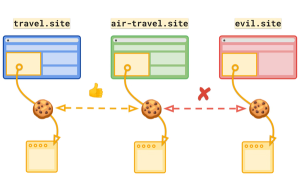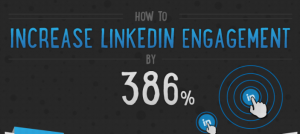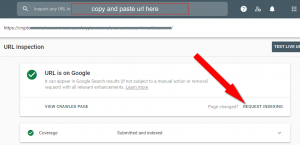— March 29, 2019
As the quarter comes to a close, key stakeholders are anxiously anticipating growth, always keen on results from the sales team, including those in the indirect channels. Often too simplistically, and to their detriment, sales managers equate increased sales with more salespeople. However, this is risky, costly, and inefficient because it fails to consider other readily available tools at your disposal, like a solution that can collect, track, and segment data according to your program needs.
Segmentation is defined as dividing salespeople into groups based upon similar traits. Data-driven segmentation, targeted promotions, and well-timed, relevant communications with your audiences should be key parts of your sales incentives program. In a survey, Bain & Company found that 81% of executives found segmentation important for profits, but fewer than 25% said they do it effectively. Similarly, the Harvard Business Review found that over a five year period, there was a 10% profit differential in those companies that segmented their offerings, and those that didn’t. Selling into the wrong segment is expensive and time consuming, so make sure you, your sales reps, and your channel are targeting audiences appropriately. Simply put, segmentation is a way of putting focused attention on a specific group rather than employing a one umbrella fits all approach.
Why segment?
By segmenting your promotions, communications, trainings, etc., you are maximizing ROI by focusing on the most relevant groups, clearly defined and labelled. Defined variables are ready to be measured, quantified, analyzed, and utilized by you and your channel. So, by segmenting your audiences with your program goals in mind, you can:
- more efficiently communicate program resources to match particular promotion needs,
- increase sales by identifying lower activity groups and adjusting accordingly,
- measure performance of your segments and then respond appropriately.
Example audience segments for maximal ROI include:
- Geographic. Segment your audience based on geography. For example, your AC filter sales may suffer in the Chicago winter, but being able to communicate regularly with those reps down in Miami about a new promotion to attempt to cover the limited winter sales can be greatly beneficial.
- Demographic. Leverage individual elements such as age, education, income, or gender. For example, these are important to know if you sell women’s watches. It would be wasteful to attempt to target men a majority of the time because the buyer demographic is safely female.
- Behavioral. Split your audience based on behavioral elements like purchases, usage, and decisions. For example, you may choose to reward those program participants that most actively engage with your promotion.
- Firmographic. Examine organizational elements like revenue, sales data, and number of employees. For example, knowing how your partners performed one year can help you make appropriate and informed sales forecasts for the next.
Although it may be too late for this quarter, start identifying your necessary program audiences today and increase your margins for the future!
Business & Finance Articles on Business 2 Community
(29)





